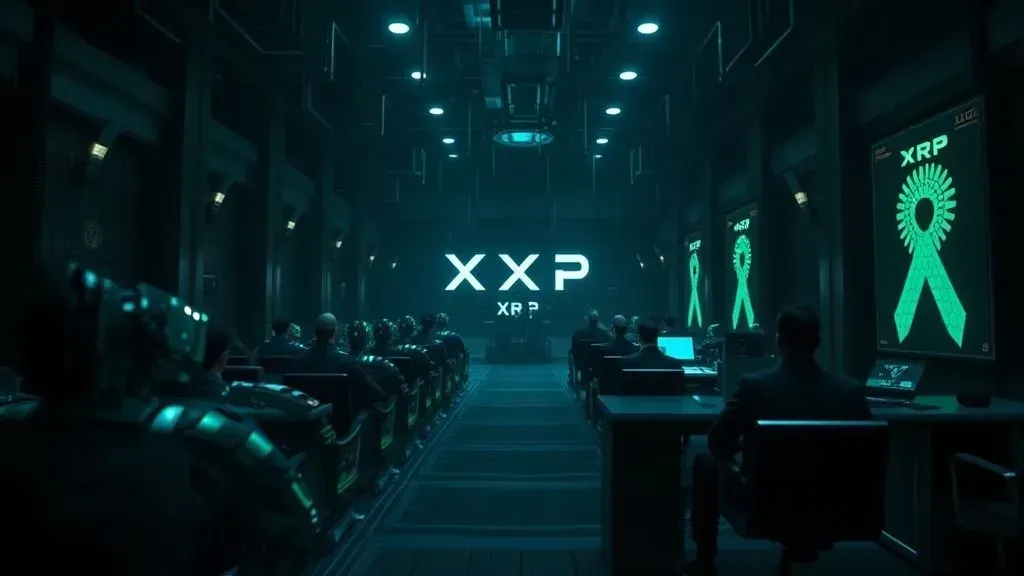
Israel and Iran have reached a tentative ceasefire following over a week of intense hostilities, including missile exchanges that heightened regional instability. The agreement comes amid a backdrop of escalating violence, US involvement, and ongoing geopolitical tensions in the Middle East.
Ceasefire Agreement Marks a Potential Turning Point
The ceasefire was announced after 12 days of relentless air strikes and missile attacks, with both sides signaling a desire to de-escalate the conflict. Israeli Prime Minister Benjamin Netanyahu confirmed that Israel had accepted the truce proposed by US President Donald Trump, emphasizing full coordination with Washington.
“In light of the achievement of the objectives of the operation, and in full coordination with President Trump, Israel has agreed to the President’s proposal for a bilateral ceasefire,”
he stated. Iranian officials echoed this sentiment, with Iranian state television reporting that the ceasefire had begun, and Tehran’s Foreign Minister Abbas Araghchi indicating their military operations would pause.
Waves of Missiles and Military Strikes Continue
Despite reports of a ceasefire, the conflict was characterized by multiple missile launches by Iran, totaling six waves before the truce took hold. Iranian Foreign Minister Abbas Araghchi claimed these strikes aimed to punish Israel for its aggression and continued until a key deadline set by Trump at 07:30 GMT. Several casualties were reported from both sides as emergency services responded to missile strikes on Israeli cities like Beersheba.
Emergency responders and Israeli military sources confirmed that hostilities had temporarily ceased, with residents evacuating missile shelters in affected areas. However, analysts warn that the situation remains fragile, with both nations pledging retaliation if attacks resume.
Regional Reactions and Political Implications
Israeli opposition leaders called on Prime Minister Netanyahu to extend the ceasefire into Gaza, emphasizing the importance of ending the 20-month war with Hamas. Yair Lapid stated on social media: “And now Gaza. It’s time to finish it there too. Bring back the hostages, end the war.” This highlights growing domestic pressure to address broader regional conflicts beyond Israel-Iran tensions.
Meanwhile, Tehran’s warnings suggest that Iran is prepared to respond if Israeli or US actions escalate again, underscoring the volatility in Middle East funding dynamics amid ongoing geopolitical tensions.
The Broader Impact on Middle East Stability
The recent ceasefire raises hopes for reducing violence in an already volatile region; however, experts caution that trust between Israel and Iran remains limited. The United States' role in brokering this agreement underscores its strategic influence in Middle East funding conflicts.
As regional actors reassess their positions, this temporary halt could influence future negotiations or military strategies in a broader effort to stabilize the area amid ongoing funding uncertainties.
In conclusion, while this ceasefire offers momentary relief and possible de-escalation, it also highlights persistent risks and complex funding considerations shaping Middle East geopolitics today.



